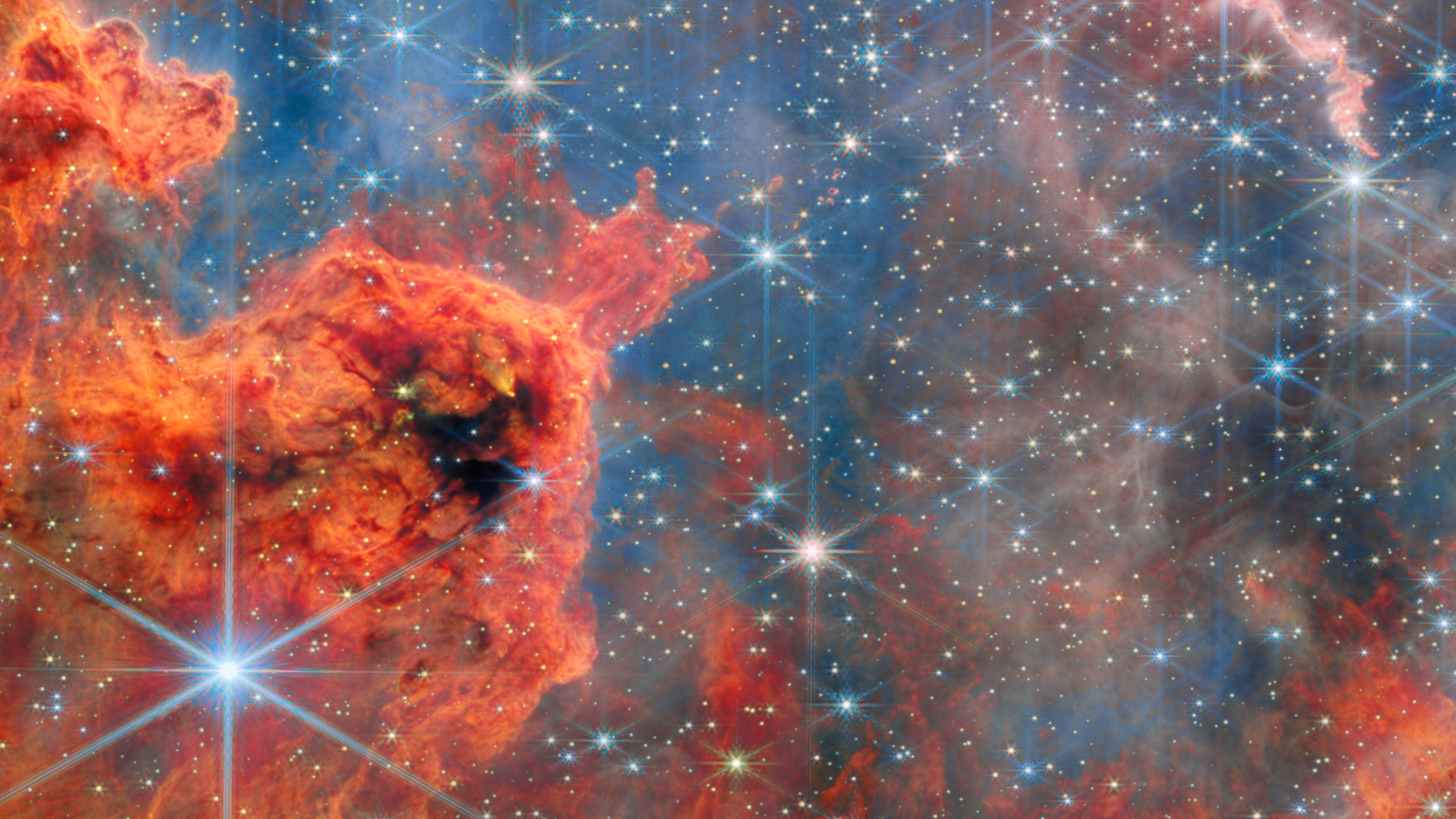As Hurricane Irma Approaches, SpaceX Poised to Launch Air Force's X-37B Space Plane

WASHINGTON — As Florida braces for a hurricane expected to make landfall this weekend, the U.S. Air Force and SpaceX still hope to launch the X-37B reusable space plane before the storm hits.
However, officials in Cape Canaveral, Florida, are forecasting only a 50 percent chance of acceptable weather for Thursday's launch, which is expected to occur sometime between 9:00 a.m. and 3 p.m. Eastern.
Friday's forecast is worse, with only a 40 percent chance of acceptable weather. [Hurricane Irma in Photos: Views from Space of a Monster Storm]
But with Hurricane Irma expected to reach central Florida on Sunday, it looks like Thursday and Friday offer X-37B's best chance to lift off from Kennedy Space Center's Launch Complex 39A before the storm passes.
Officials at neighboring Patrick Air Force Base said Tuesday that the 45th Space Wing had begun their hurricane preparations sooner than usual so that they can still support Thursday's launch attempt.
The X-37B mission is the second national security launch for SpaceX since the Air Force certified the company's Falcon 9 rocket in 2015 to compete for Defense Department business. In May, SpaceX launched a classified payload for the National Reconnaissance Office, NROL-76.
That launch followed back-to-back wins of the first two GPS 3 launch contracts the Air Force put out for bid. A third competition, for the mid-2018 launch of the multi-spacecraft Space Test Program-3 mission, went to United Launch Alliance in June. That launch, which will employ ULA's most-powerful variant of its Atlas 5 rocket, would have required SpaceX to have used its Falcon Heavy, which is still months from its debut.
Breaking space news, the latest updates on rocket launches, skywatching events and more!
The Boeing-built X-37B has been launched into orbit four times since 2010, accumulating a total of 2,085 days in space. All four missions have been launched atop Atlas 5s.
Air Force Secretary Heather Wilson disclosed during an early June congressional hearing that SpaceX, not ULA, would be launching X-37B this time around. She suggested that price was a factor in the Air Force's decision to go with Falcon 9. "The benefit we're seeing now is competition," she said. "There are some very exciting things happening in commercial space that bring the opportunity for assured access to space at a very competitive price."
Randy Walden, director of the Air Force Rapid Capabilities Office, however, emphasized flexibility over cost savings.
"[T]he ability to launch the [X-37B] on multiple platforms will ensure a robust launch capability for our experiment designers," Walden said in June. "We are excited about this new partnership on creating flexible and responsive launch options and are confident in SpaceX's ability to provide safe and assured access to space for the X-37B program."
The Air Force says X-37B will be launched into a higher-inclination orbit than prior missions, further expanding the space plane's orbital envelope. In addition to testing the vehicle's flexibility and performance, the mission will also carry aloft an undisclosed number of experimental payloads.
"The many firsts on this mission make the upcoming [X-37B] launch a milestone for the program," Walden said in a press release.
One of the technologies being hosted for the fifth mission is the Air Force Research Laboratory's Advanced Structurally Embedded Thermal Spreader (ASETS-II) payload to test experimental electronics and oscillating heat pipe technologies over long duration in the space environment.
The oscillating heat pipe features a simple, wickless design, the Air Force says, which could provide a low-cost solution to help overcome electronics thermal constraints often associated with increased power and bandwidth needs for space commercial and military users.
The tests will measure the pipe's microgravity performance, startup characteristics, and long-term performance.
"It is our goal to continue advancing the X-37B [Orbital Test Vehicle] so it can more fully support the growing space community," Walden said.
This fifth mission has a tough act to follow. X-37B's fourth mission set an endurance record, racking up 718 days in orbit before landing in early May at Kennedy Space Center, Florida.
X-37B began as a NASA program in 1999, but transferred to Defense Advanced Research Projects Agency in 2004. DARPA transferred it to the Air Force in 2006. Total program costs and budget line are classified.
This story was provided by SpaceNews, dedicated to covering all aspects of the space industry.

